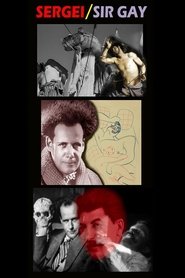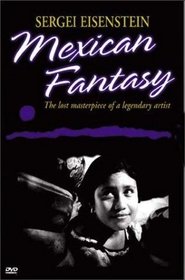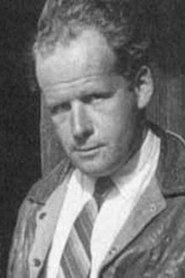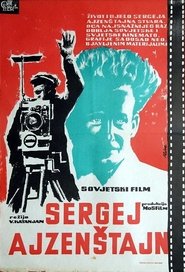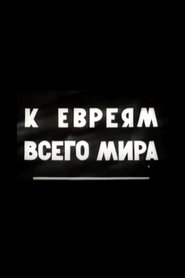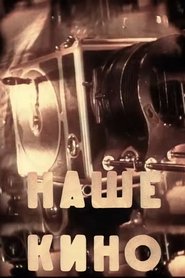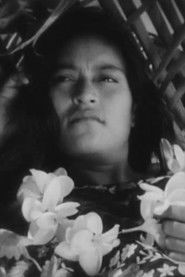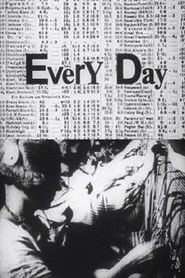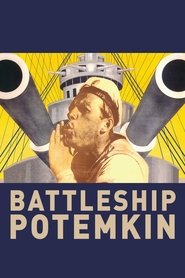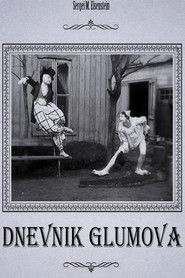
Sergei Eisenstein
23-01-1898
Birthday
Aquarius
Zodiac Sign
-
Genres
18
Total Films
S. M. Eisenstein, S.M. Eisenstein, S. Eisenstein, Sergei Mikhailovich Eisenstein
Also known as (male)
Riga, Russian Empire
Place of Birth
23-01-1898
Birthday
Aquarius
Zodiac Sign
-
Genres
18
Total Films
Sergei M. Eisenstein, S. M. Eisenstein, S.M. Eisenstein, S. Eisenstein
Also Known As (male)
Riga, Russian Empire
Place of Birth



